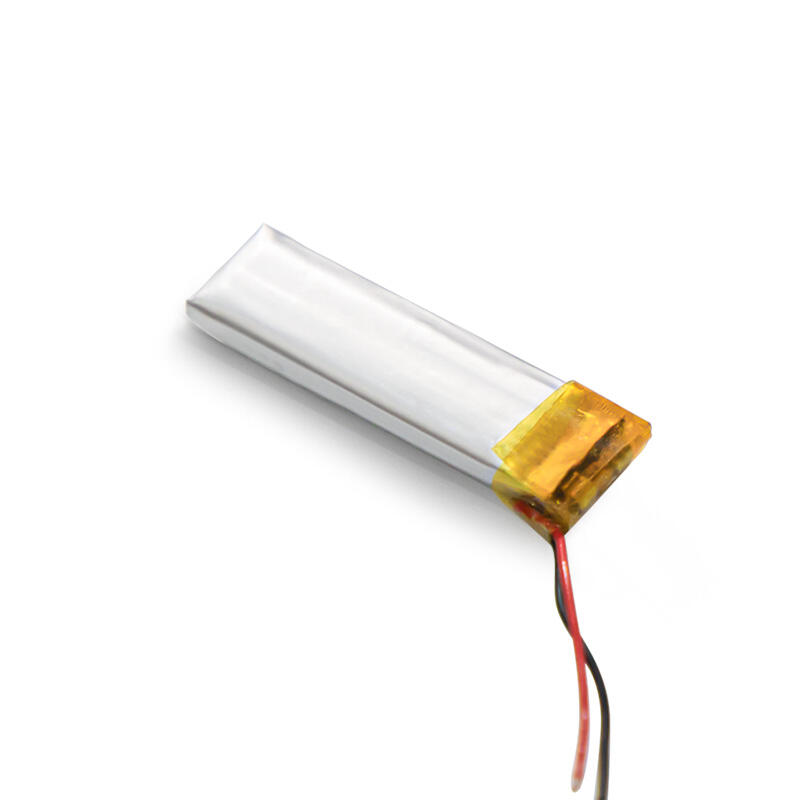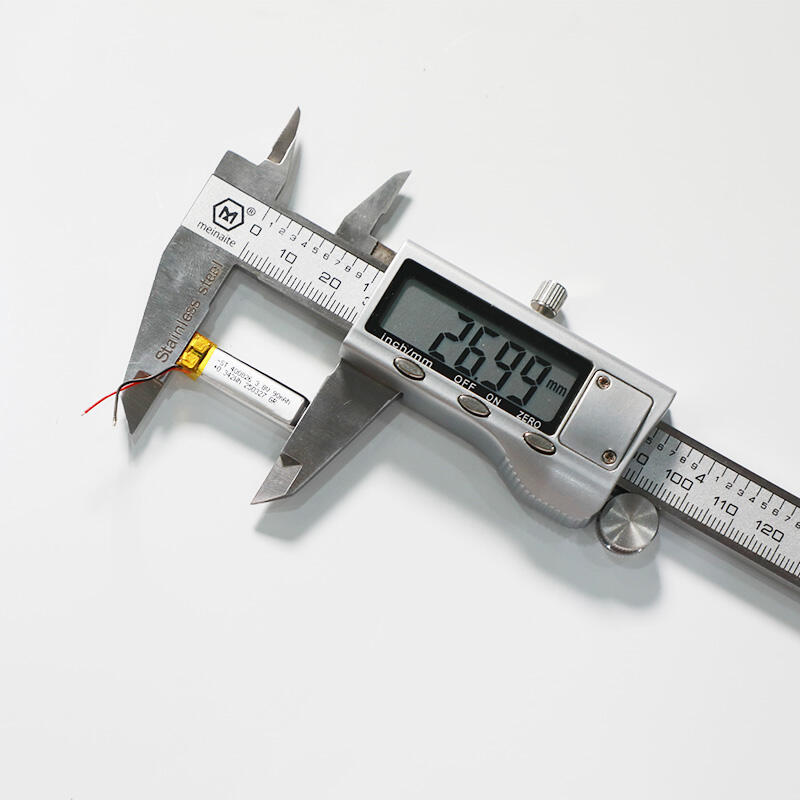Li-ion and Li-polymer batteries are two well-known rechargeable battery technologies that are widely applied in electronic devices such as smartphones, laptop computers, and electric vehicles. Mitacbattery's expertise is in production of these batteries where we guarantee optimum performance and longevity for all our customers. Let's check the pros of Li-ion and Li-polymer batteries as well as their essential differences.
Li-ion batteries’ primary advantage is their energy density: that is, they can store a lot of power in a small volume. This makes them perfect for portable devices with limited space, such as smartphones and tablets. Furthermore, Li-ion batteries have low rate of self discharge and can retain their charge for longer time than other types of batteries. This is a useful option if you don't use your device regularly yet still want it to be ready for when you do. In addition Li-ion batteries are easily maintained, serving as fabless power source in every day devices.
Li-polymer batteries also have advantages such as shape and size flexibility. Li-polymer batteries can be shaped to fit in a variety of products and packages compared to traditional cylindrical Li-ion battery. This flexibility leaves manufacturers free to make slim and sexay doodads without dropping battery capacity. Li-polymer batteries also have better safety features. LiFePO 4 batteries are not as likely to overheat or leak as li-ion. They tend to be the safer product for consumers. Li-polymer batteries also have a longer cycle time - meaning that you will be able to charge and recharge more times before needing to replace the battery.
A fundamental difference between Li-ion and Li-polymer batteries are the way they are made. The high ionic mobility within the cell is due to a liquid electrolyte in Li-ion batteries. Li-polymer batteries, on the other hand, use a solid or gel-like electrolyte that provides greater design freedom and is less likely to leak. This discrepancy in the electrolyte composition also impacts the batteries' weight and size. Type and thickness of Li-polymer batteries are lighter than that of Li-ion batteries, thus it is widely used in thin-type devices like smartwatches or fitness tracklets.

Additionally, the manufacture of the pichia batteries vs. hybrid batteries are different. Li-ion batteries mostly are fabricated in the form of cylindrical cells, whereas Li-polymer batteries are prepared by sandwiching a number of layers of electrodes and separators. The stack-up nature of the Li-polymer battery provides added flexibility in terms of shape and size, and yields more creative product designs. Moreover, Li-polymer batteries are believed to be enviroment-friendly than Li-ion batteries in view of employing non-vacuum materials and lower potential hazard of electrolyte leakage. On the whole both types of battery have their respective benefits and uses, suiting the different requirements of todays electronic users.

One of the pitfall when using Li-ion or Li-polymer battery is that users are faced with a few very common frustrating conditions. One of the most popular issues is related to battery life. This translates to the battery’s ability to hold a charge reduces as you use it more and more. One solution to this issue is to try not to over-charge or completely discharge the battery since either action shortens the life of a battery. It is also good to keep the battery at room temperature and avoid extremes in temperature.

Regarding the use of Li-ion and Li-polymer batteries, safety is one of the aspects that most users are worried about. One question people ask is whether these batteries can safely be used in day-to-day devices. The answer is yes, so long as they are properly used and not subject to extreme conditions. The user manual need to be followed strictly for charging and storing the battery so that there is no risk.